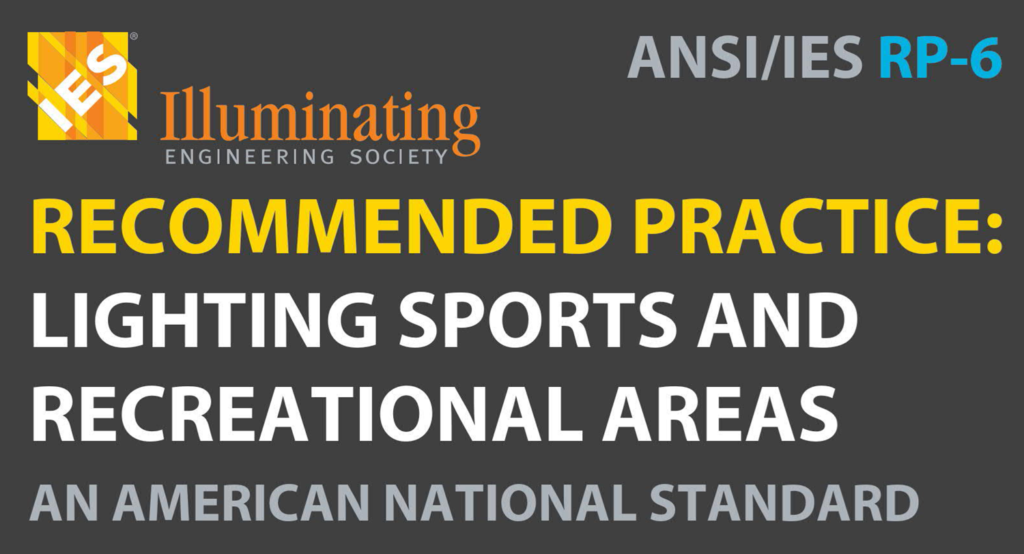Design Methodology
These are the best practices we implement in our lighting designs.
Warranty
Every exceptional sports lighting project should be supported by a strong warranty. NSSLC recommends choosing a 25-year part and labor warranty from companies with at least 10-years of experience in designing and manufacturing sports lighting systems.
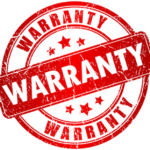
IES RP-6
IES RP-6 is recognized as the authoritative guide for sports lighting, providing comprehensive standards for designing lighting systems. It includes recommendations on aspects such as light levels, uniformity, glare mitigation, pole placement, and more. NSSLC designs lighting systems that fully comply with the recommended guidelines for the Class of Play while being cognizant of not overdesigning to avoid any additional unnecessary expense.
DarkSky and Minnesota Green Step Cities
The DarkSky Approved Outdoor Sports Lighting program sets the standard for responsible outdoor sports lighting. DarkSky Approved outdoor sports lighting fields exhibit what is possible through strict guidelines, advanced products, and quality lighting designs.
NSSLC can provide DarkSky-compliant designs and certification support. These designs can also help Minnesota GreenStep Cities conform to Best Practice 4.1 for DarkSky compliance.
Spill vs Glare
Spill light is wasted light that falls into undesired areas and is measured in footcandles (fc). Glare is disruptive light making it difficult to see and is measured in candela (cd).
A nearby resident took this photo to express a complaint on a recent Minneapolis sports lighting project. The purchaser humorously likened the scene to Todd and Margo’s bedroom in the movie Christmas Vacation, but the situation could have quickly worsened if left unaddressed. The photo shows significant glare (cd), but no detectable spill light (fc).
Although many consultants, specifiers, and ordinances concentrate on reducing the impact on residential properties by limiting spill light, this example emphasizes the importance of prioritizing glare reduction. NSSLC aims to keep glare between 1,000 and 7,500 cd at property lines and 150 feet from the athletic field’s edge. For comparison, car headlights measure approximately 30,000 cd on high beam and 12,000 cd on low beams.
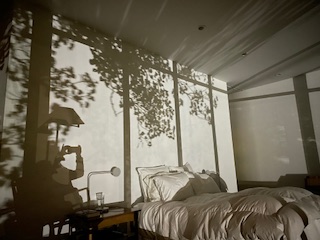
GFCI Safety & Theft Protection
Sports lighting junction box. What is the risk of touching a nearby chain link fence?
Not All LED Lighting is Created Equal
Have you come across inexpensive LED lights while browsing online? Maybe you’ve thought about a one-for-one replacement of your old lights with new LEDs? In just four years, this school district transitioned from basic LED lighting (left) to a more effective system (right). The difference is clear: no glare, no hot spots, light contained to the field, and remarkable uniformity. With NSSLC, your investment is optimized from the start.
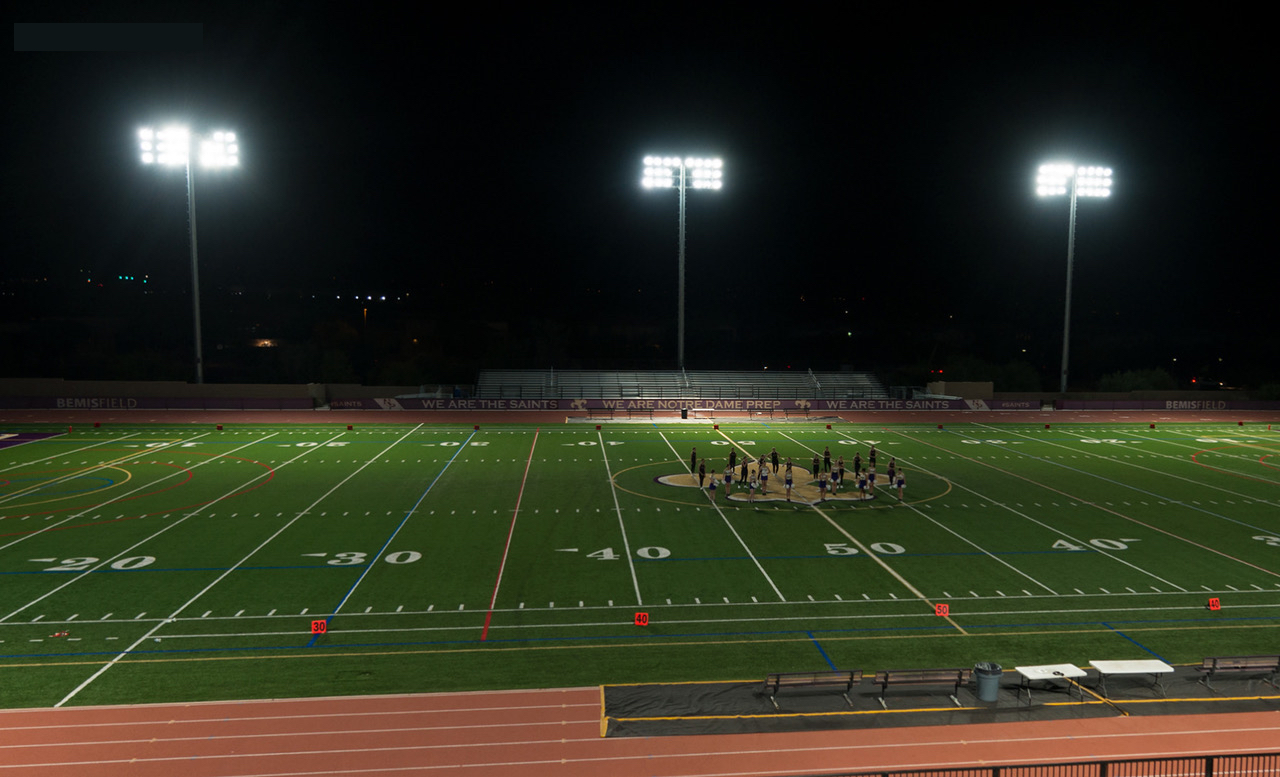
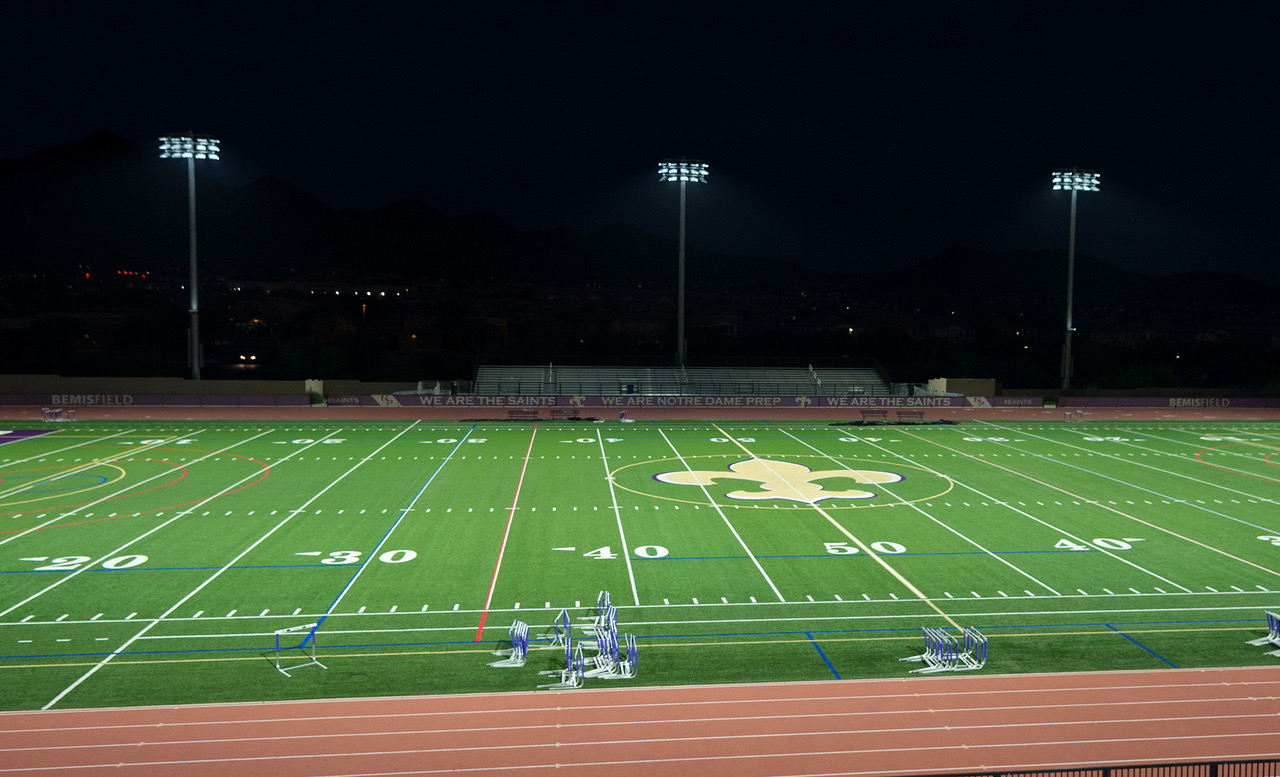
Football Best Practices (click on hotspot)
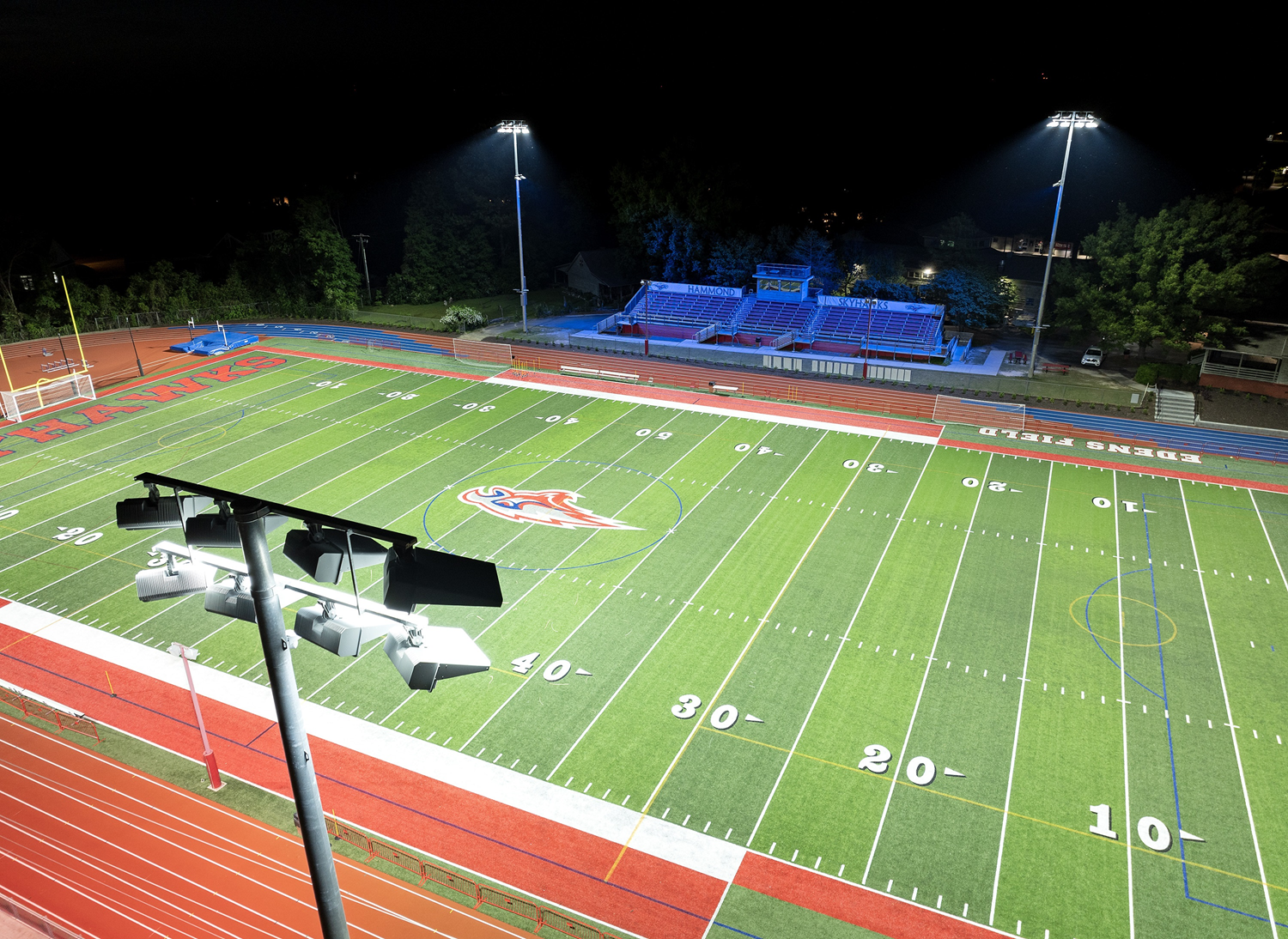
Reduce spectator glare
Full cutoff visors
Light levels and uniformities per IES RP-6
Drivers and fuses accessible from a step ladder
Color and light show to enhance the fan experience
Steel poles with concrete foundations
Minimize skyglow and light pollution
Limit neighbor glare to 1,000 - 7,500 candela
Remote control and monitoring provisions
Baseball / Softball Best Practices (click on hotspot)
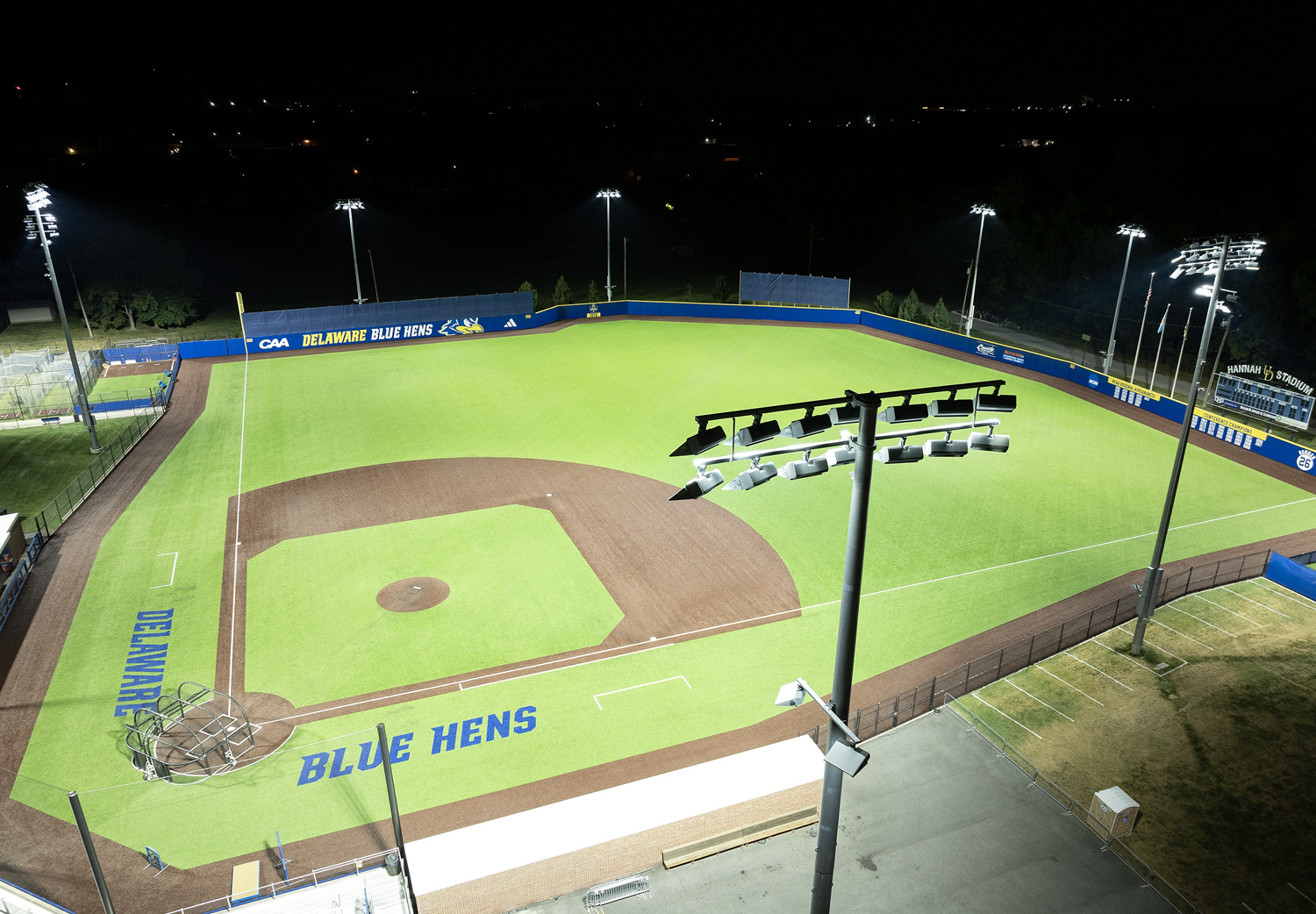
Full cutoff visors
Light levels and uniformities per IES RP-6
Drivers and fuses accessible from a step ladder
Steel poles with concrete foundations
Minimize skyglow and light pollution
Limit neighbor glare to 1,000 - 7,500 candela
Remote control and monitoring provisions
Playability: Limit batter glare to 1,000 candela
Playability: Limit outfield player glare to 4,500 candela
Tennis & Pickleball Best Practices (click on hotspot)
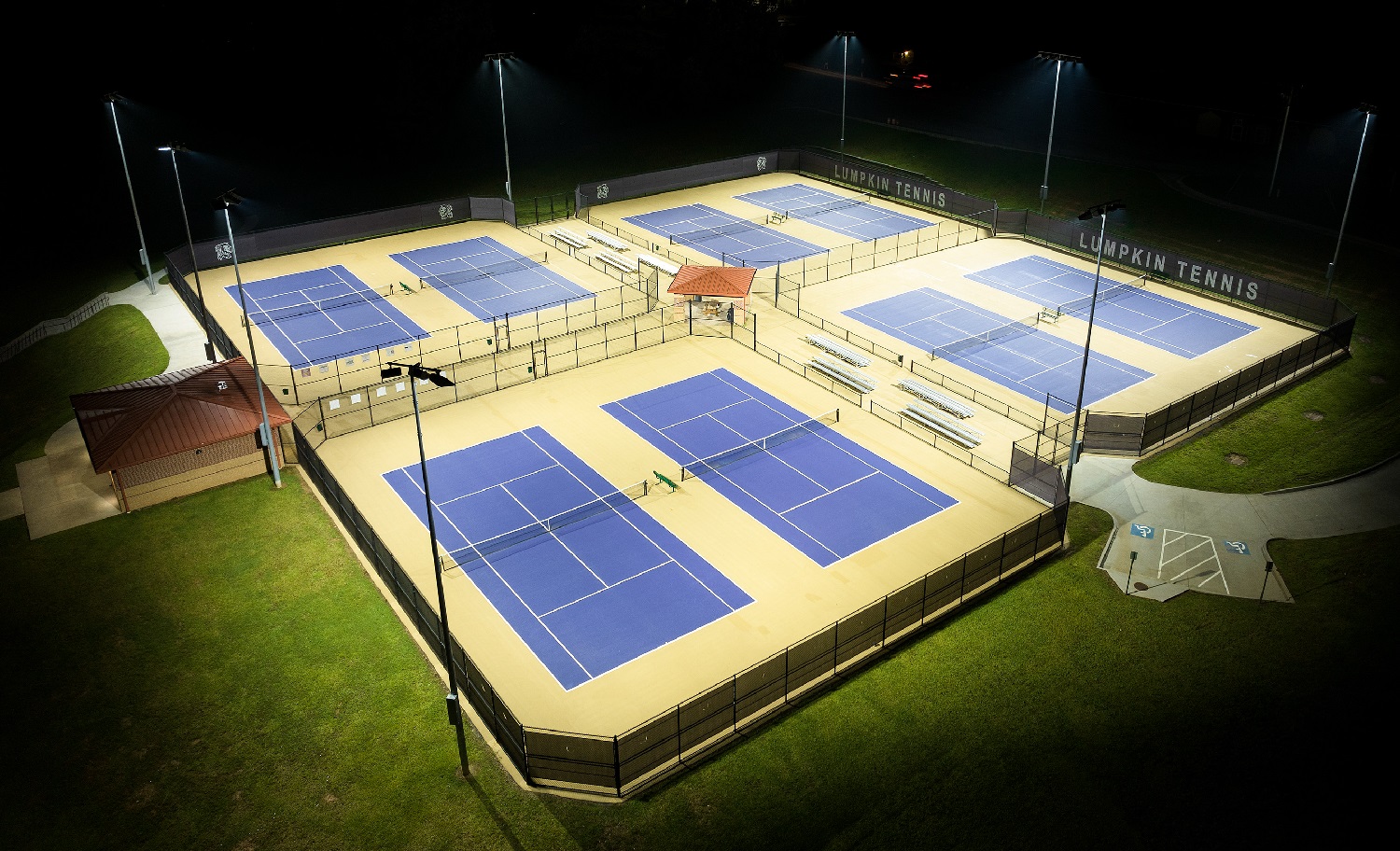
Full cutoff visors
Light levels and uniformities per IES RP-6, USTA, and USA Pickleball
Drivers and fuses accessible from a step ladder
Steel poles with concrete foundations
Remote control and monitoring provisions
Playability: Per USTA do not exceed 2,500 candela from any one fixture
Push button control with strobe
Playability: Proper pole locations to ensure illumination on the approaching ball
